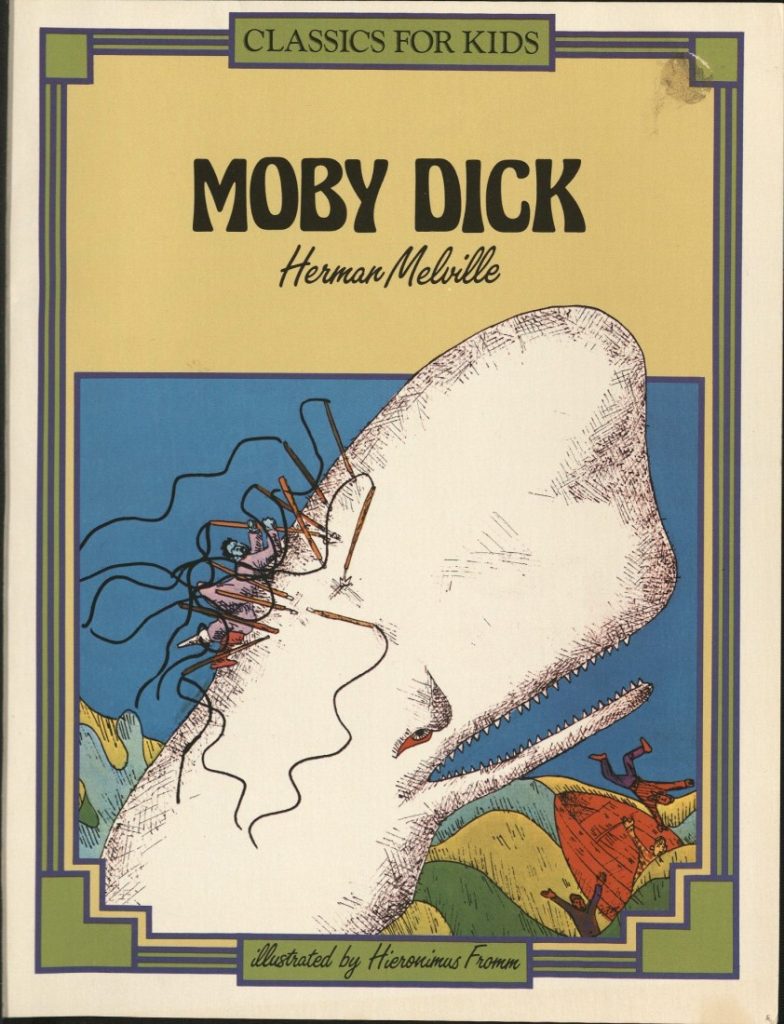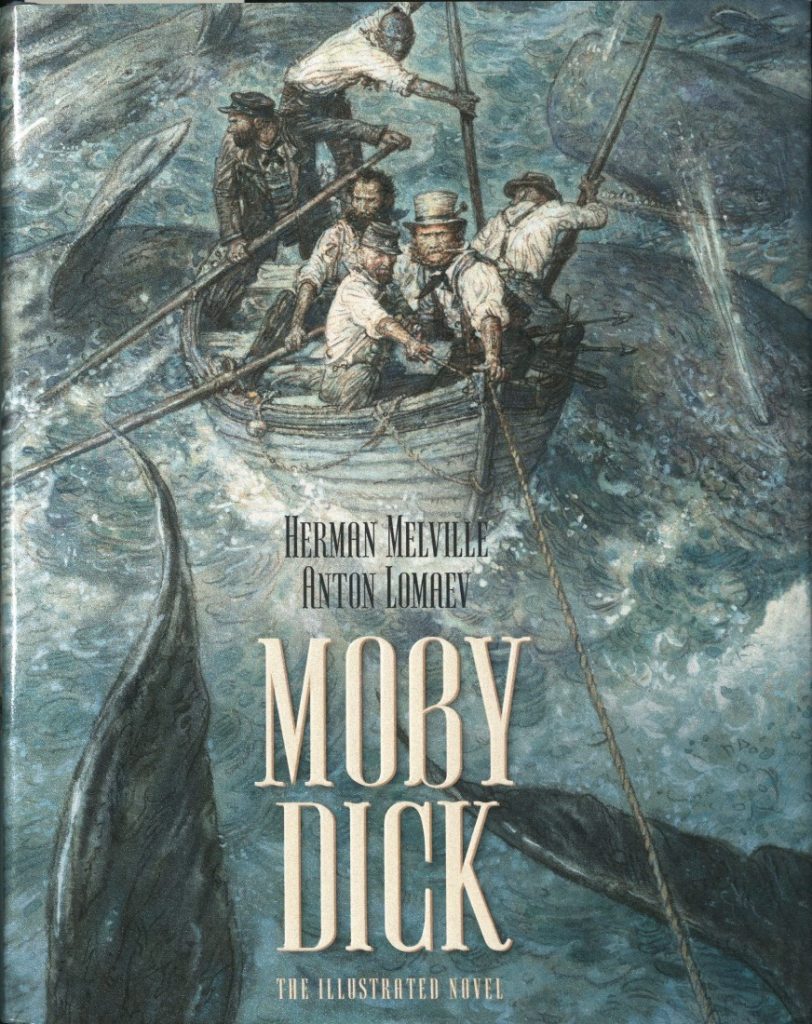That’s Distinctive!: Moby-Dick
November 17th, 2023Check the blog each Friday for a new “That’s Distinctive!” post. I created the series because I genuinely believe there is something in our collections for everyone, whether you’re writing a paper or just want to have a look. “That’s Distinctive!” will provide a more lighthearted glimpse into the diverse and unique materials at Spencer – including items that many people may not realize the library holds. If you have suggested topics for a future item feature or questions about the collections, feel free to leave a comment at the bottom of this page.
Did you know that Spencer Research Library houses an extensive collection of Moby-Dick editions and adaptations? The more than 100 books in the collection range in type and size, so today I am sharing just a few with you.
Published in 1851, Moby-Dick; or, the Whale was written by American writer Herman Melville. The book “recounts the adventures of the narrator Ishmael as he sails on the whaling ship, Pequod, under the command of the monomaniacal Captain Ahab.” Though it is now considered a great American classic, Moby-Dick did not gain traction until the early 1900s. According to Wikipedia, “the novel has been adapted or represented in art, film, books, cartoons, television, and more than a dozen versions in comic-book format. The first adaptation was the 1926 silent movie The Sea Beast, starring John Barrymore.”
Many of the copies and versions of Moby-Dick at Spencer Research Library, including those shown below, were donated to the library by Elizabeth A. Schultz. Schultz, an emerita professor from KU’s Department of English and a former Fulbright Lecturer, advocates “for both the arts and the environment in Douglas County.” As a scholar and avid enthusiast of Herman Melville, Schultz published Unpainted to the Last: Moby-Dick and Twentieth-Century American Art (1995), which examines artistic interpretations and illustrated editions of the novel. “Deftly interweaving words with images,” notes the University Press of Kansas, “Elizabeth Schultz radically reframes our most famous literary symbol and provides a profoundly new way of “reading” one of the key texts in American literature.” Along with the donated books, Spencer houses a copy of Schultz’s book.
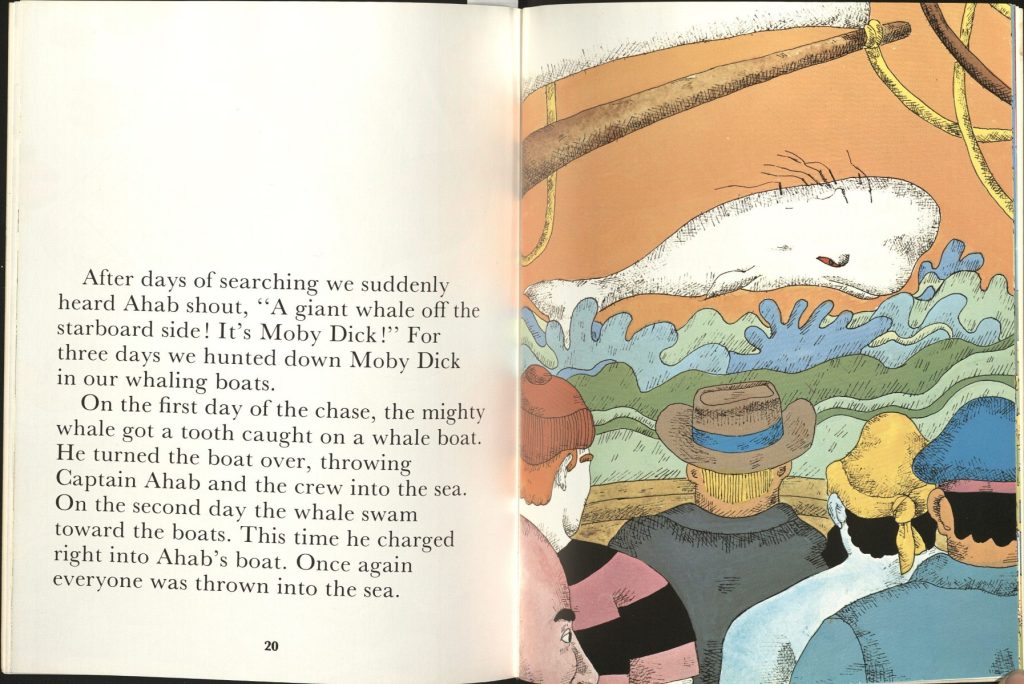
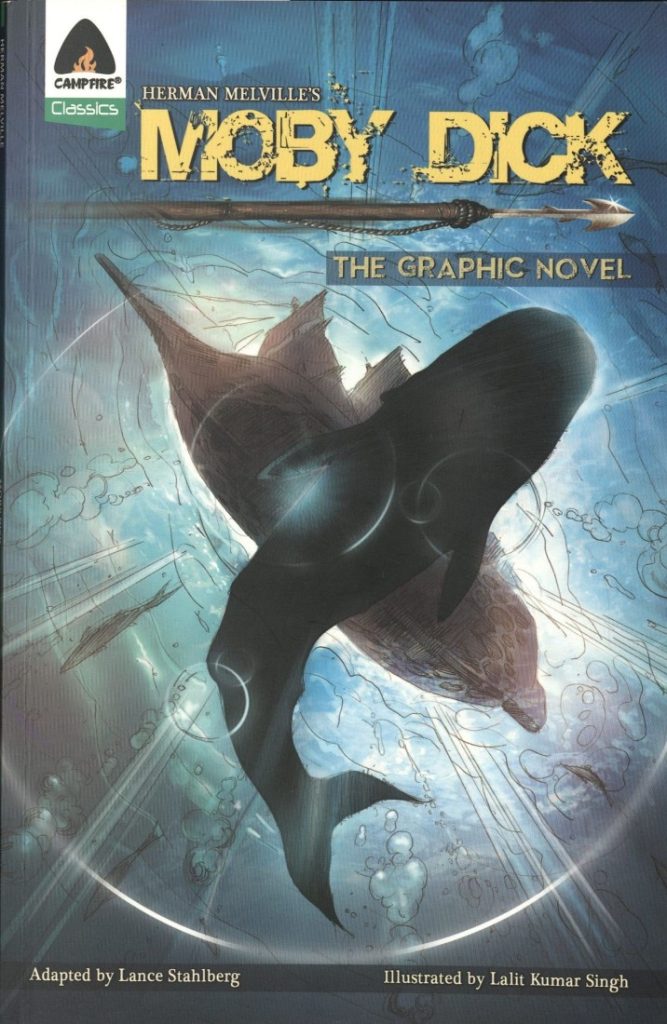
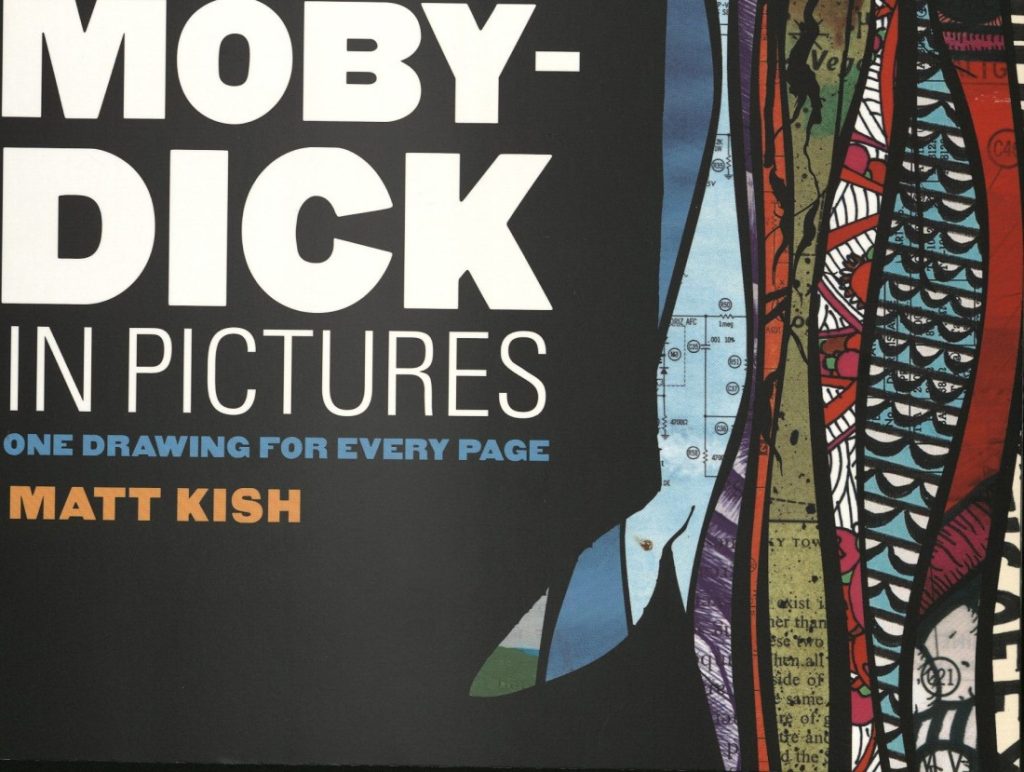
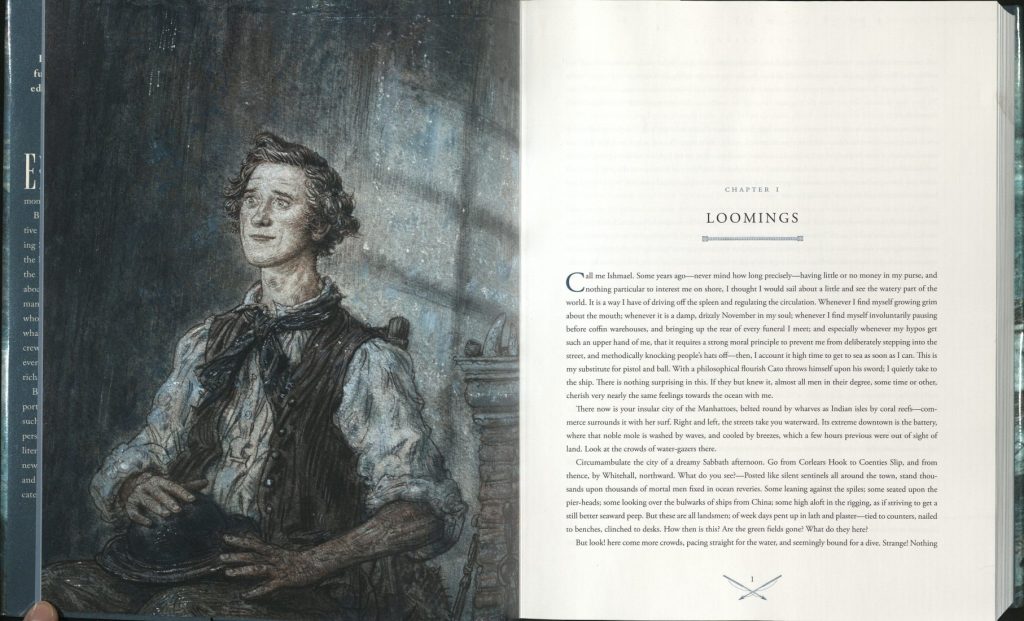
Tiffany McIntosh
Public Services

